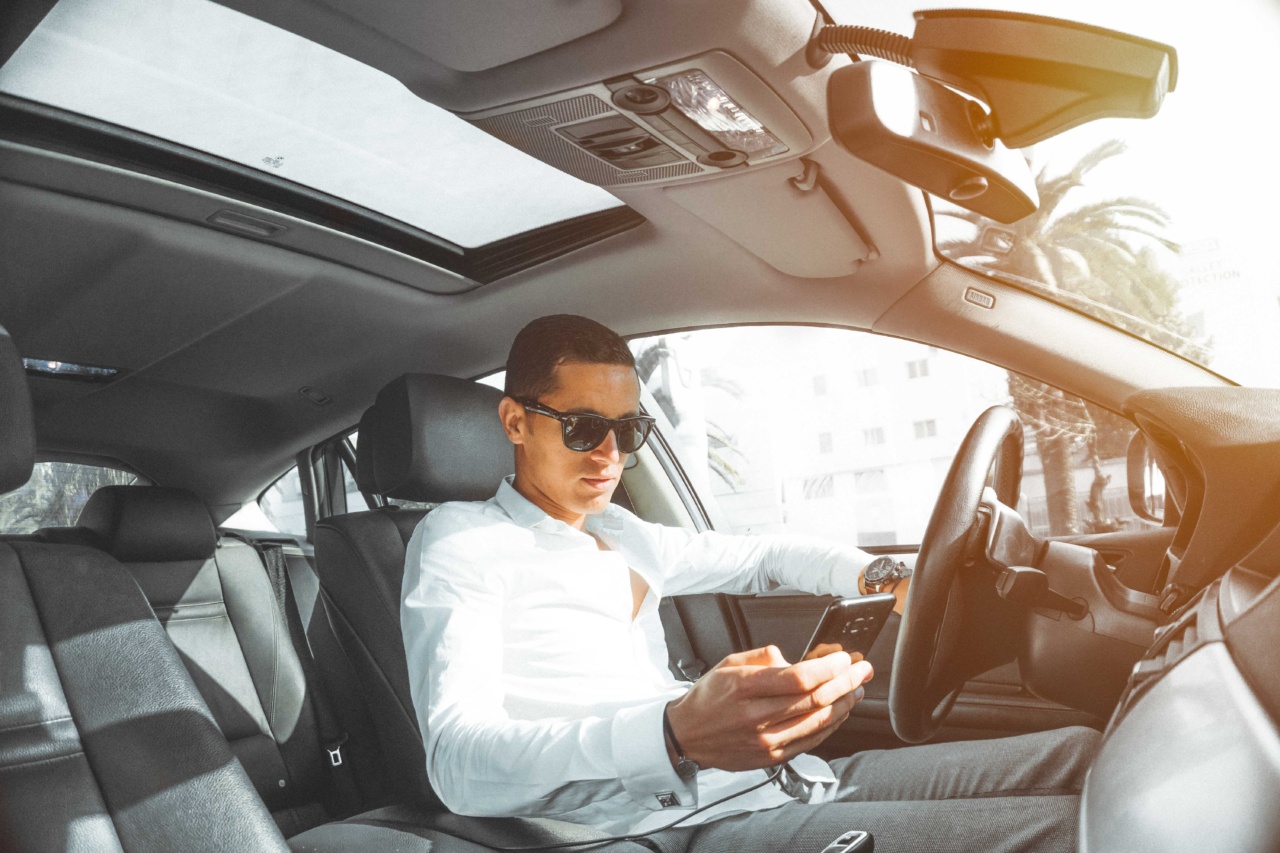When it comes to road safety, distracted driving has been in the spotlight for years. Various studies have highlighted the dangers of using mobile phones, eating, or engaging in other activities that divert attention from the road.
However, there’s another significant risk that often goes unnoticed – the damage caused by the sun.
The Silent Killer on the Roads
While sun damage may not seem as immediate a threat as distracted driving, its effects can be just as deadly over time.
Prolonged exposure to the sun’s harmful ultraviolet (UV) rays can lead to serious health issues, including skin cancer, premature aging, and vision problems.
Understanding UV Radiation
UV radiation is a type of electromagnetic radiation emitted by the sun. It is invisible to the naked eye and can be categorized into three types: UVA, UVB, and UVC.
The Impact on Drivers
Many people are unaware of the risks associated with sun exposure while driving. Studies have shown that car windows are not sufficient in blocking UV rays, especially UVA rays, which can penetrate glass.
This means that even if you’re inside your vehicle, you’re still at risk of sun damage.
Increased Skin Cancer Risk
One of the most concerning consequences of sun exposure is an increased risk of skin cancer.
The Skin Cancer Foundation reports that nearly 53% of skin cancers in the United States occur on the left side of the body, which is the driver’s side for countries with right-hand driving.
Effects on Vision
Driving with the sun directly in your line of sight can cause temporary vision impairment. Glare and bright sunlight can make it difficult to see the road, other vehicles, and pedestrians. This can increase the risk of accidents significantly.
Preventing Sun Damage While Driving
Fortunately, there are several measures you can take to protect yourself from sun damage while on the road:.
1. Wear Sunscreen
Applying sunscreen with a high SPF (sun protection factor) can provide a physical barrier against harmful UV rays. Make sure the sunscreen provides broad-spectrum protection, meaning it blocks both UVA and UVB rays.
2. Wear Protective Clothing
Consider wearing long-sleeve shirts, pants, and wide-brimmed hats when driving during peak sun hours. These items of clothing can help block UV rays from reaching your skin.
3. Use Window Film
Window film, such as tinting or UV-protective films, can significantly reduce the amount of UV radiation that enters your vehicle. This can provide added protection against skin cancer and premature aging.
4. Invest in Polarized Sunglasses
Polarized sunglasses reduce glare and improve visibility while driving. Look for sunglasses that offer 100% UVA and UVB protection for optimal eye safety.
5. Seek Shade
If possible, park your car in shaded areas or use covered parking lots to minimize exposure to direct sunlight.
6. Maintain Vehicle Safety
Ensure that your vehicle’s windows and windshield are clean and free of cracks, as these can amplify the effects of UV rays. Additionally, consider using a reflective sunshade on your windshield to further block sunlight.
The Importance of Raising Awareness
Despite the serious repercussions of sun damage while driving, it often receives less attention compared to other road safety issues.
Raising awareness about this silent threat is crucial to protecting drivers and reducing the prevalence of sun-related health problems.
Conclusion
While distracted driving rightfully commands attention in discussions about road safety, it’s essential to recognize the danger posed by sun damage.
The long-term consequences of prolonged sun exposure can be just as lethal, if not more, than the immediate risks of distracted driving. By understanding these dangers and taking necessary precautions, we can ensure our safety on the road and minimize the risk of sun-related health issues.




























